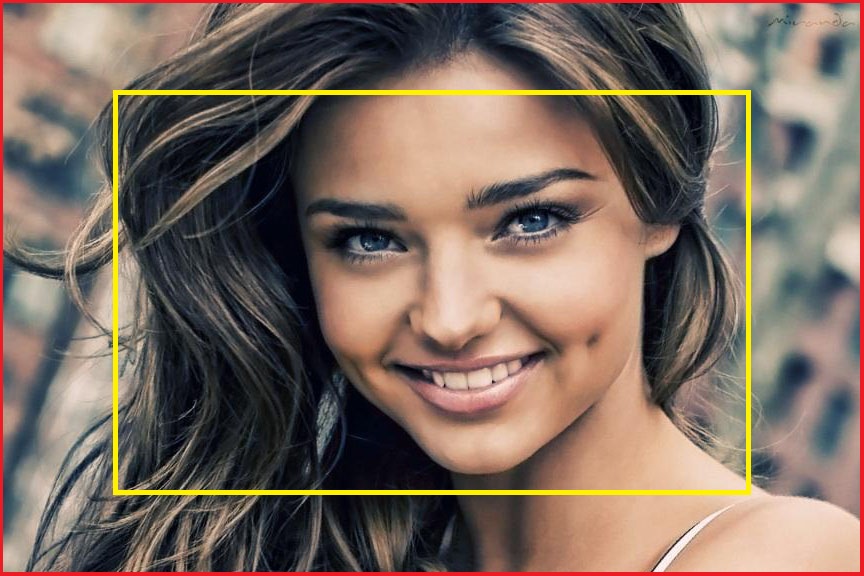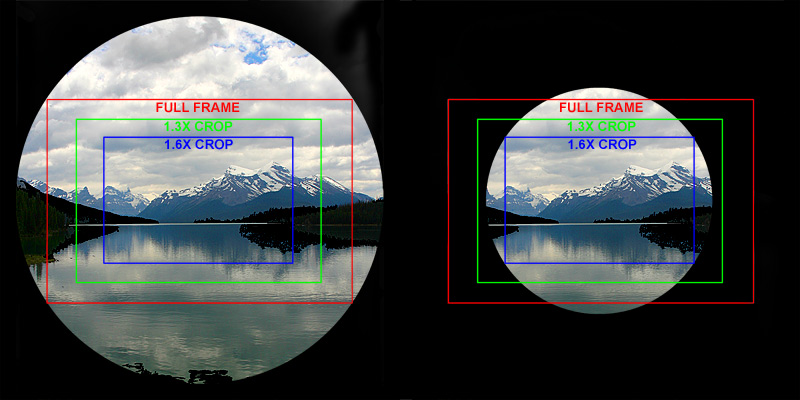There is one major reason. Larger formats don't work the lens so hard, so they are able to deliver better sharpness.
What we call 'sharpness' has two aspects - resolution (the fineness of detail) and contrast (how clearly those details are shown). Fact of physics is that when lenses are asked for deliver greater resolution (ie a smaller sensor) image contrast goes down, and it is actually image contrast that conveys the greater visual impression of sharpness - despite our obsession with squillions of pixels!
It's like a car that accelerates from 0-60 in six seconds, but takes a lot longer to go from 60-120. Same with lenses - the more you ask, the harder it gets optically. It's called Modulation Transfer Function (MTF) that is shown in those squiggly graphs lens manufacturers produce, like this one for a Canon 50mm f/1.4
http://www.usa.canon.com/cusa/consumer/products/cameras/ef_lens_lineup/ef_50mm_f_1_4_usm Ignore the colours and the dashes, just look at the thicker lines that are at 10-lines-per-mm and then the thinner ones at 30-lpmm -
the thinner ones are always lower down the chart. Contrast is lower, so the image looks less sharp. In this case, up the left-hand side at the top, contrast is at about 97% at 10-lpmm (thicker lines) but at 30-lpmm (thinner lines) it drops to around 86%. And the higher resolution goes, the greater the gap becomes.


